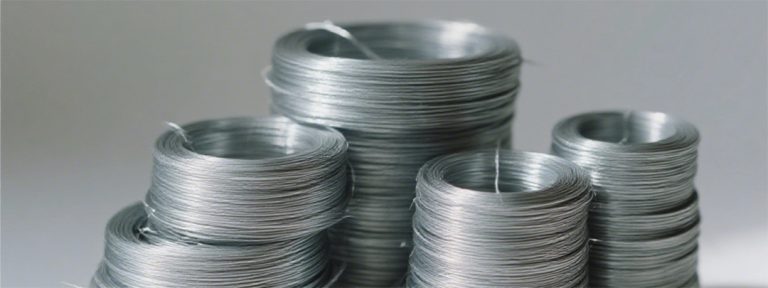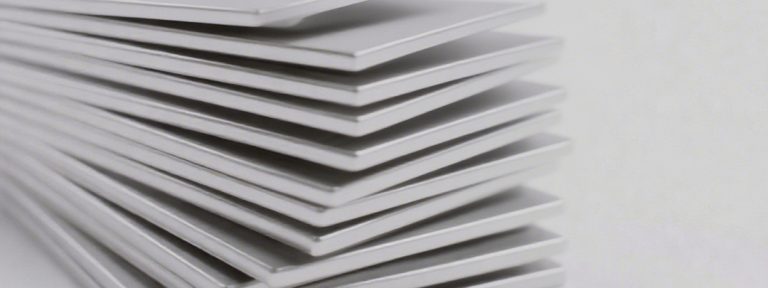What is Galvanized Metal?
To understand galvanized metal, we first need to explore its ability to resist corrosion. Zinc and iron have distinct electrical properties: zinc has a more negative electrode potential (-0.76V) compared to iron (-0.44V). When a zinc layer coats steel, it acts as a “sacrificial anode” in the presence of moisture or other conductive substances—zinc corrodes first, shielding the steel beneath. Even if the zinc layer gets a small scratch, as long as there’s intact zinc nearby, this protection continues, almost like a self-healing effect.
Modern galvanizing techniques fall into two main categories:
-
- Hot-dip galvanizing**: Cleaned steel components are dipped into molten zinc (around 460°C), where iron and zinc react to form a multi-layered protective coating. This coating is relatively thick (typically 45–85μm), boasting excellent weather resistance and strength—ideal for large outdoor structures. For instance, hot-dip galvanized steel cables on a cross-sea bridge can last over 50 years, far outperforming ordinary anti-corrosion paints, which only protect for 10–15 years.
-
- Electrogalvanizing**: Zinc ions are deposited onto the workpiece surface via an electric current in an electrolytic bath. This process creates a thinner coating (usually 5–25μm) with a smoother, more uniform finish, making it suitable for precision parts and indoor use. Electrogalvanizing uses roughly one-third the energy of hot-dip galvanizing, though its thinner layer means shorter protection in harsh environments.
When exposed to air, the zinc coating naturally forms a dense layer of basic zinc carbonate (Zn₅(OH)₆(CO₃)₂), slowing corrosion further. Chromate passivation treatments can enhance this by forming an even more stable film, boosting corrosion resistance 5–8 times—this is how colored galvanizing (blue, yellow, black, etc.) achieves its varied hues.

Why Choose Galvanizing?
The biggest draw of galvanized metal is its exceptional corrosion resistance. In typical outdoor conditions, plain steel might rust within months, but galvanized steel stays rust-free for 20–50 years. This long-lasting protection comes from zinc’s dual role: it acts as a physical barrier, blocking steel from corrosive elements, and when scratched, zinc continues to protect the exposed steel through its sacrificial anode effect.
Neutral salt spray tests highlight this difference: galvanized layers corrode at just 1μm per year, compared to 50–100μm per year for ordinary carbon steel. In critical applications, this matters greatly—galvanized fasteners on high-voltage transmission towers, for example, can withstand over 1,000 hours of salt spray without rusting, ensuring grid safety in humid coastal areas.
An Economical Protection Solution
Galvanizing offers impressive value compared to other anti-corrosion methods. Zinc is abundant (the 24th most common element in Earth’s crust), with global annual production exceeding 13 million tons, making it much cheaper than metals like nickel, chromium, or cadmium. Over its lifespan, galvanizing costs about a third of stainless steel and half of paint-based corrosion protection.
The process itself is efficient and cost-effective: hot-dip galvanizing lines can handle over 10 meters of steel pipe per minute, while electrogalvanizing lines coat thousands of small parts hourly. This efficiency suits mass production, reducing per-unit costs. Best of all, galvanized parts need little to no maintenance—unlike painted surfaces, which require regular reapplication—saving significant time, labor, and resources.

Durable and Tough
Galvanized coatings do more than fight corrosion—they strengthen the metal surface. The zinc-iron alloy layer from hot-dip galvanizing reaches 250–350HV in hardness, far harder than pure zinc (70HV) and even comparable to some steels. This makes galvanized parts highly wear-resistant, standing up to friction and impacts during transport, installation, and use.
The bond between zinc and steel is also strong: bending, stretching, or punching galvanized parts rarely causes the coating to peel. This is crucial for cold-bent pipes or impact-resistant structural components. Additionally, galvanized metal performs reliably in temperatures from -40°C to 200°C, a far wider range than most organic coatings can handle.
Processing and Applications
Galvanized metal is remarkably versatile to work with. Galvanized pipes and fittings can be easily cut, welded, bent, or threaded, simplifying engineering applications. Construction workers, for example, can adjust galvanized steel pipes on-site using standard tools, no special equipment needed.
Galvanized finishes also come in a range of colors—silver, blue, iridescent, black—achieved through adjusted processes and passivation.